I understand that not everyone who identifies as transgender will have surgery. Not everyone who identifies as transgender will bind or tuck. My hope is that people who do bind or tuck or have had surgery (and the practitioners who care for them) will find some specific postures helpful.
Yoga for transgender health? Isn’t all yoga for every person?
If you bind, tuck, or have had surgery, these yoga poses may be helpful in relieving some of the associated muscle tightness.
Relief from binding
Some people will experience pain in the ribs, shoulders, chest and/or back with prolonged binding. Half Moon and Restorative Fish might offer some relief.
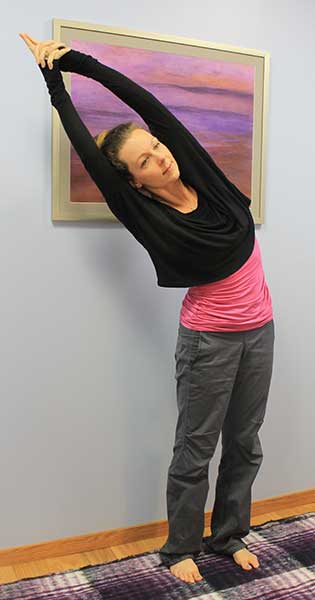
Half Moon
Stand with your feet hip distance apart. Bring your arms out to your side and overhead. If your hands touch, make a steeple hand position. You might prefer to use a strap or towel.
Inhale, bringing your arms and torso to the right. Exhale, return to center.
Inhale, bringing your arms and torso to the left. Exhale, return to center.
As you try this movement to the right and the left be sure to ground your feet, especially the foot opposite of the direction of the hands. Imagine you are gently sliding between two panes of glass.
Restorative Fish

Restorative fish pose offers a back extension stretch with the chest-opening benefits. Knees can be bent or straight – see what feels best for your body!
Pelvic floor muscle relaxation
If you tuck, you might find the urinary urgency and hesitancy are an issue due to tightness of the adductors (inner thigh muscles) and pelvic floor muscles. Also, for some people who have had an orchiectomy or neovaginoplasty they might find conscious pelvic floor muscle relaxation is helpful.
Two of my favorite postures are Bound Angle and Modified Happy Baby might be helpful for you.
Bound Angle
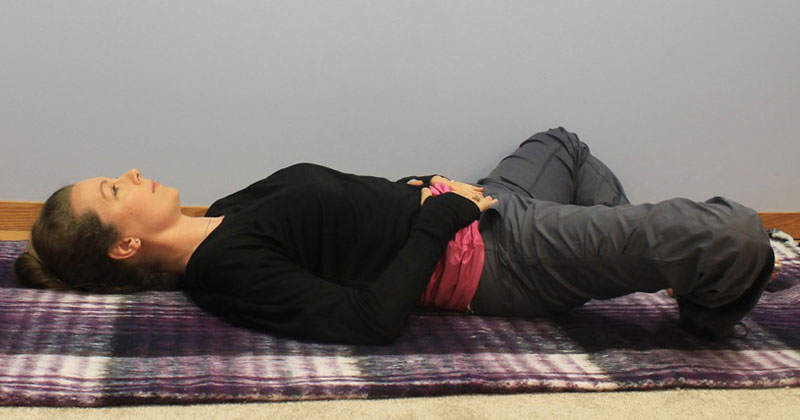
Lay on your back with your feet together and knees apart. Place yoga blocks (not shown in photo) underneath your knees to release into this posture. Stay here for 2 minutes focusing on breathing into the belly and pelvic floor.
Modified Happy Baby
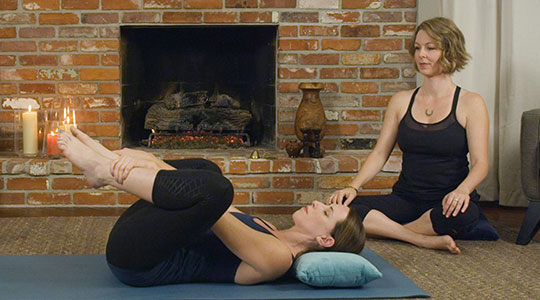
Lay on your back with your knees towards your chest. Bring your feet together and knees apart. Rest here focusing on your breath.
The pelvic floor muscle connection to the spine
Spinal movements affect the tailbone, which is an attachment spot for the pelvic floor muscles. Yoga is helpful to increase mobility of the body and also improves postural awareness.
When we get quiet and focus on our body we might also discover tendencies to hold tension in our bodies. Common areas that we hold tension are the pelvic floor muscles, jaw, ribcage, back, and forehead. Give these postures a whirl:
Cat/Cow
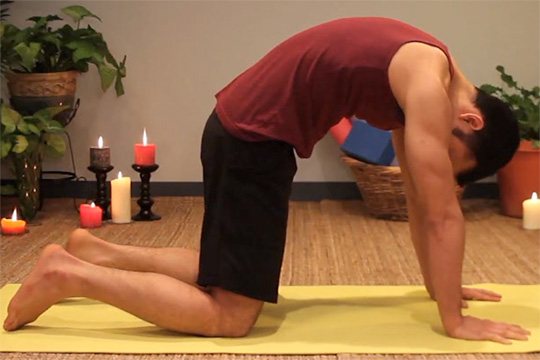
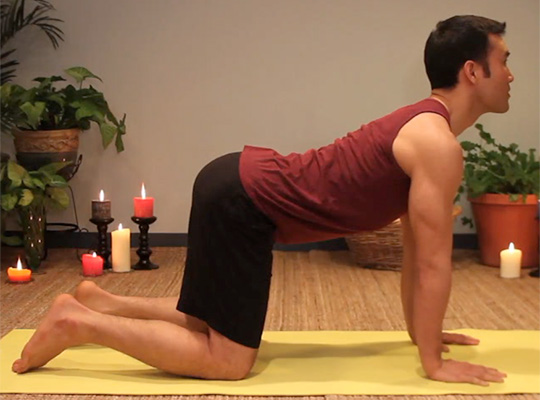
Start in table top, weight bearing thru the hands and knees.
As you exhale, pull your lower abdomen in as you curl your tailbone under. Allow your pelvis to curl, your spine to create a C shape, and bring your chin towards your chest.
As you inhale, imagine your tailbone untucks, coming back into a neutral spine. Picture your pelvic basin as a bowl. Imagine the bowl continues to tip forward, bringing your pubic bone down as your back arches, sternum lifts, and you look forward.
Wag the Tail
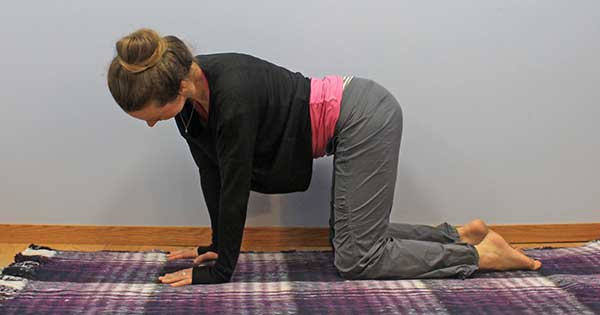
Start in table top. Bring the right side of your pelvis towards your right shoulder, creating a C curve in your spine. Come back to center and repeat on the left.
You can pair this with your breath by inhaling to curl and exhaling back to center.
Thoracic rotation
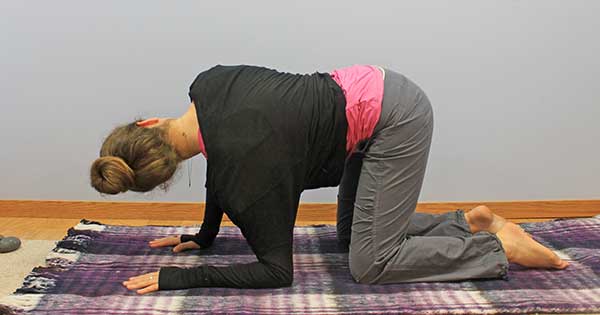
Start in table top. Keep your right elbow straight as you bend your left elbow. Your spine will spiral and you can look towards the right. Come back up and switch sides.
You can pair this with your breath by inhaling as you bend your elbow and exhaling as you straighten your elbow.
The pelvic floor connection to the abdomen
The pelvic floor muscles have fascial connections into the abdomen, therefore, it is helpful to ensure that spinal extension and abdominal flexibility is available to the body as a movement option. Sphinx and Cobra are two postures that people find helpful in creating and maintaining back extension and abdominal flexibility.
Sphinx
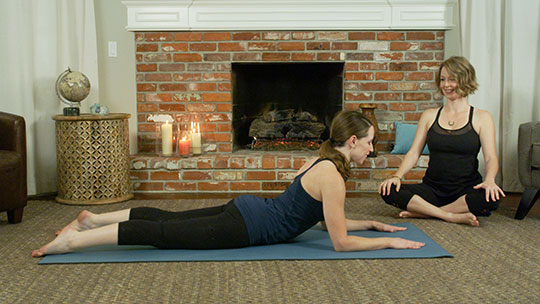
Start out laying on your stomach. Bend your elbows, bringing them directly under your shoulders. Press your palms, pubic bone, and tops of the feet into the ground. Draw your elbows back towards your abdomen as you allow your breastbone to shine forward. Keep your neck in neutral. Hold for 5 breaths. If this is too much extension, start out with wipers. For wipers, bend your knees and slowly bring your feet from side to side.
Cobra
Keeping your palms where they are, inhale to lengthen your elbows and lift the upper body further away from the floor. Exhale to come back into Sphinx.
Extra credit
Pay attention to how you sit
Sometimes we tend to sit in a slouched position back on the tailbone. While there is no “correct” posture we must be aware that if we tend to sit slouched back for the majority of our sitting time we are not doing our pelvic floor and spine any favors.
Dilating post-neovaginoplasty
It can be helpful to down-regulate the sympathetic nervous system before and while using dilators. I recorded this dilator meditation, complete with breath cues for pelvic floor muscle release imagery, as a tool doing so.
As with all exercise programs, please work under the guidance of the appropriate medical professional, especially with post-surgical conditions. This information was created for educational purposes and meant to be a discussion starting point between you and your practitioner.
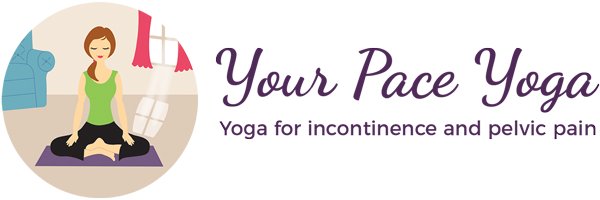

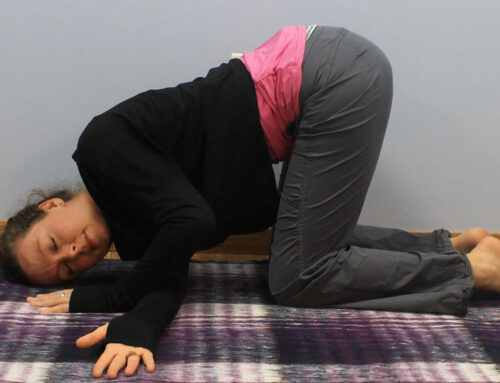
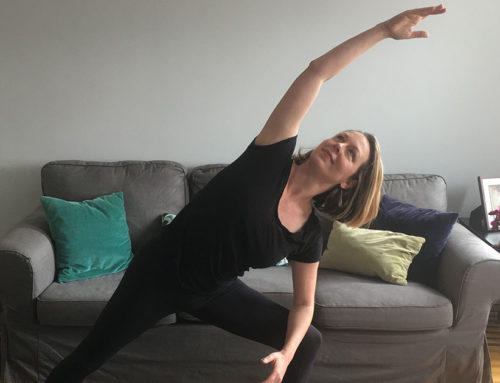
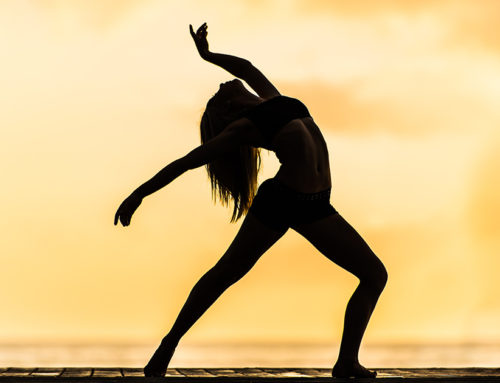
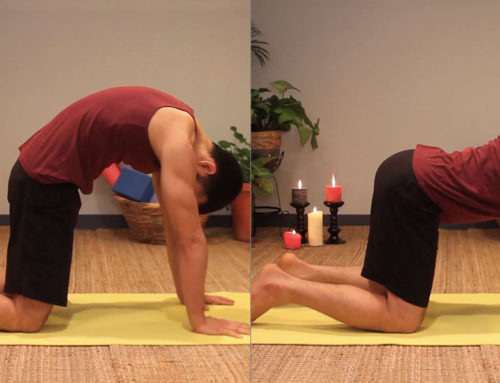

Great post, thank you for sharing! 🙂
So glad you enjoyed it!
Thanks for this!
Glad it’s helpful!
This is great! Need more transgender yoga/exercise support out there – lots of us only started getting interested in fitness when we started transitioning, and could use the help!
Thanks so much for taking the time to read and comment Shawna!
Thank you so much. I do think thyt yoga contains a lot especially for us trans people as there still is not so much found about it. It hasn´t been long since I found my way back to yoga and meditation (or did it find me?). More than ever before I feel as if gates are opening and every day i feel more connectd to my inner peace. This is where the needs and cravings of my true soul come in. i don´t deny the body Iw as given but see it more as my task in life to realize who I am and ring out the best and give back to the world and people as much as I can.
Namasté!
I’m so glad to hear that you found your way back to yoga and meditation. I hope it continues to support you!